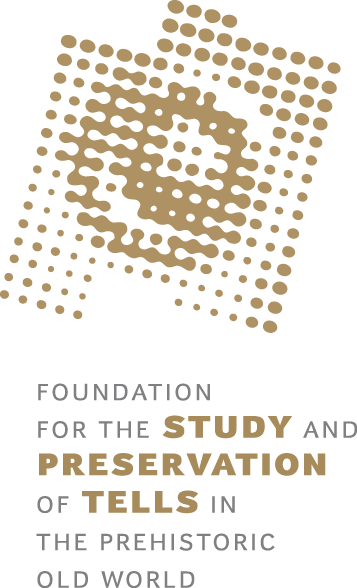
Our Mission
Funding
FUNDED PROJECTS
Donations
Who We Are
Chronology, Society and Environment of the Neolithic Tells in Pelagonia
Goce Naumov (Skopje, Republic of North Macedonia), Jana Anvari (Köln, Germany) and Ferran Antolín (Berlin, Germany)
Pelagonia is the biggest valley in North Macedonia surrounded by several high mountains. The alluvial landscape created by the Crna Reka river and its tributaries, as well as the diversity of the natural landscape which also includes mountain slopes, wetlands and forests, created an ideal resource-rich environment for the first farmers in the region. Recent research has demonstrated the rapid dispersal of Neolithic farmers in Pelagonia around 6000 BC that gradually established tells. The initial research of Neolithic sites in Pelagonia between the 1950s and 1980s characterised the first farmers as a unified unit belonging to the same cultural group, called Velušina-Porodin, sharing identical building practices, pottery, human representations and tools. However, the local uniformity has been questioned by comparing the key nearby tell settlements located in Pelagonia in terms of their building techniques and pottery production, their economic practices and their interaction with the environment.
Therefore, in 2013 a new research program on the Neolithic tells in Pelagonia was initiated with the aim of researching several sites and their environments with a multidisciplinary and international team. The first phase of this research consisted of a review of published information on each site’s chronology and material culture, as well as reconnaissance, geomagnetic prospection and small-scale excavations at several Neolithic tells. This was followed by a second phase with more extensive excavations and multidisciplinary research at two sites known from previous research: Vrbjanska Čuka and, more recently, Veluška Tumba. This new research program aimed to expand previously excavated areas, reanalyse their stratigraphy and revise the architecture and material culture. At Vrbjanska Čuka tell, an area of 400 m2 next to the trench opened in the 1980s has been excavated since 2016, uncovering more than 1 meter of Neolithic deposits and up to 7 construction phases. At Veluška Tumba tell the research was initiated in 2017. The old trench was reopened, the profile section was reanalysed and a full sample sequence was obtained for environmental analyses. Additionally, a smaller area within the trench was dug deeper, uncovering new building phases close to the base of the tell, thus confirming almost 4 meters of Neolithic stratigraphy and 12 construction phases. Furthermore, for the first time, archaeological scientific methods in the study of botanical and animal remains, use-wear analyses on sickle blades and lipid residue analyses on pottery vessels, are being systematically applied to both sites. The results obtained so far demonstrate that excellent preservation prevails at both sites.
In order to study the local diversity in the Neolithic Pelagonia, as well as the potential interaction between sites with different characteristics, the project funded by FSPT conducts prospection, geomagnetic scanning, geoarchaeological research, excavations and finds analyses at two Neolithic tells in Pelagonia. It aims to achieve a more complete comparative data set from the two neighbouring and contemporary sites of Vrbjanska Čuka and Veluška Tumba so that the socioeconomic differences that existed between the two tells will be thoroughly understood. In particular, this project focuses on the detailed research of botanic, faunal remains, artefacts and building materials as well as on the radiocarbon dating and environmental coring in order to gain a holistic understanding of the chronology, socioeconomic organisation and environment of each tell. Previous research has produced uneven data sets at each of the two sites and the current project seeks to add missing data in order to facilitate a systematic comparison. By researching differences between Vrbjanska Čuka and Veluška Tumba, this project investigates cultural diversity in a micro region of Neolithic Southeast Europe. Diversity is a recognised, but as yet incompletely understood, characteristic of the Neolithic tells in Southeast Europe and this project contributes to the research of this phenomenon. The project also seeks to further anchor the use of scientific techniques in the Neolithic research in North Macedonia and particularly employed on the prehistoric tells.

